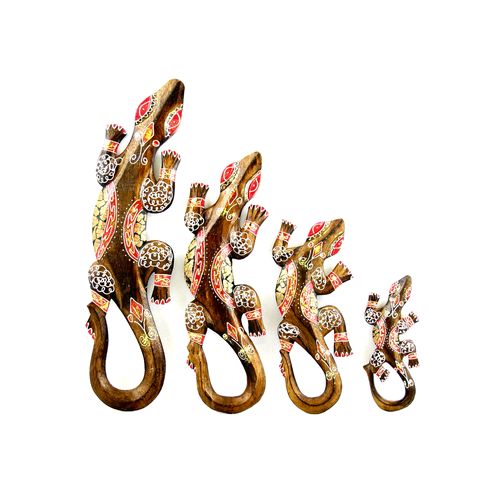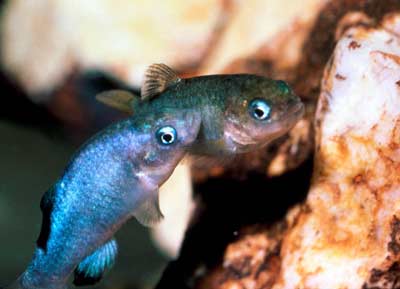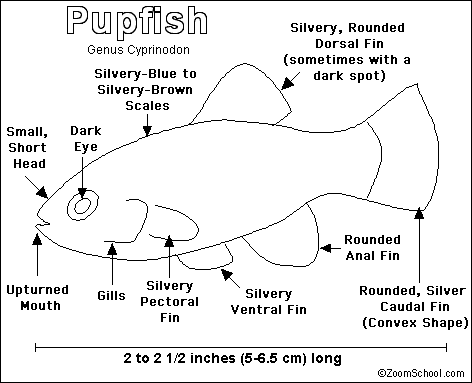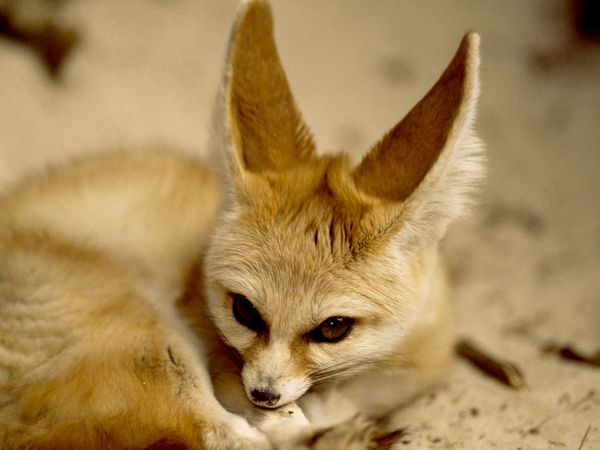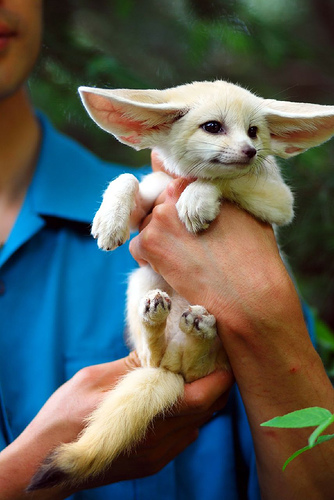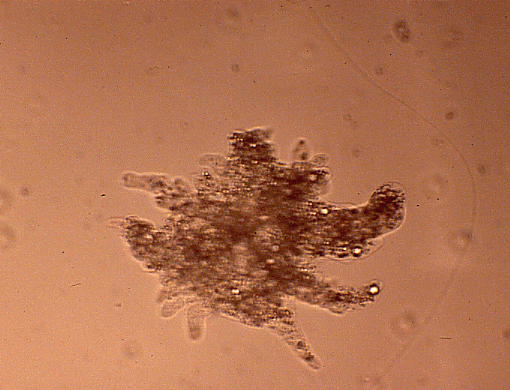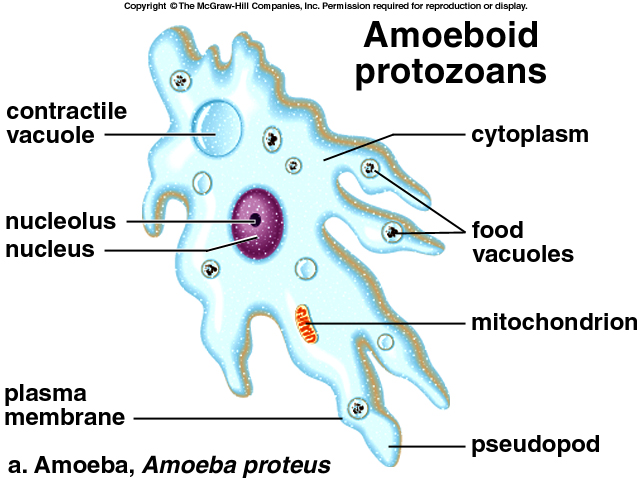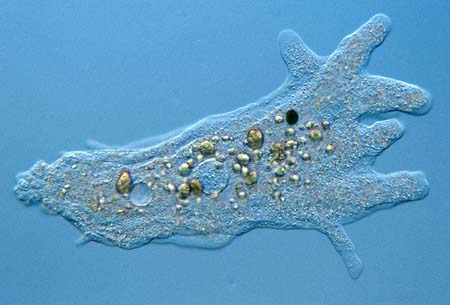
Print the PDF version (no pictures, better printing)
Remember:
Use a #2 pencil to fill in the information on your NCS answer sheet. Put your O-Key Account Username in the boxes indicated for LAST NAME and darken the appropriate circles. Write your Name (Last, First) and “Star” in the space above the boxes containing your O-Key Account Username. Darken the (S) in the last column of the name circles. Enter the number 1031 and darken the corresponding circles in the first 4 columns of the “Student ID.” Failure to perform this correctly will incur a -10pt handling fee. Read all questions and answers carefully before choosing the single BEST response for each question. Feel free to ask the instructor for clarification.
Four gecko siblings, all offspring of the same two parents, live in a laboratory that has a mean daytime temperature = 32oC and mean night temperature = 27oC. Herpetologists (biologists who study reptiles) categorized these geckos by measuring: 1) their surface areas and volumes; 2) their average metabolic rates during both day and night.
Gecko |
Weight (g)
|
Surface area:Volume |
Average O2 consumption rate* | |
| Day | Night | |||
Minerva |
185 |
2.5:1 |
950 |
550 |
Maverick |
111 |
3.4:1 |
950 |
500 |
Mallory |
99 |
4.2:1 |
950 |
450 |
Moe |
89 |
4.5:1 |
950 |
400 |
After a night in the lab and body temperatures of 27oC, all four geckos are placed the following breezy morning outside on a warm rock with an average temp. = 35oC (average air temp. = 32oC). After spending the day outside, the geckos are moved into the cool lab basement (air temp. = 27oC) for the night.

The inverted bottles you see in hospitals are attached to intravenous (IV) lines that deliver solutions to veins through a needle. These bottles most frequently contain either a glucose solution or a saline solution [0.9% NaCl].
Stuenkel and Hillyard (1981) studies temperature effects on metabolism and osmoregulation in pupfish (Cyprinodon salinus), a remarkable small fish that is capable of living in freshwater (low salt concentration) and salt water (high salt concentration) and in a wide range of temperatures. Interestingly, in nature they are found in saltwater(SW) in the summers when temperatures are high and in freshwater(FW) throughout the cooler months. To test some general hypotheses about their ability to tolerate these changes, seasonally, the scientists performed several experiments involving changing the temperature and the salt concentration in tanks in which fish were living. All the fish that were used in the experiments were collected from 15°C freshwater habitats. The following table is based on their work in Stuenkel, E. L. and S. D. Hillyard. 1981. The Effects of Temperature and Salinity Acclimation on Metabolic Rate and Osmoregulation in the Pupfish, Cyprinodon salinus. Copeia 1981(2): 411-417.
| Oxygen consumption in C. salinus housed in different conditions of temperature and salinity | |||
| Salinity | Temperature | ||
| 15°C | 25°C | 30°C | |
| Freshwater | 0.07 mlO2/g/h | 0.13 mlO2/g/h | 0.24 mlO2/g/h |
| Half-strength Sea water | 0.1 mlO2/g/h | 0.32 mlO2/g/h | 0.46 mlO2/g/h |
| Sea water | - | 0.48 mlO2/g/h | 0.43 mlO2/g/h |
When temperatures become very low in winter, some species of fish rest in the mud at the bottom of ponds or lakes and become so inactive that they can survive without oxygen.
The graphic to the right is a counter-current exchange system.

The fennec fox is the smallest of all the world's foxes and is well adapted to life in the Sahara Desert. The Sahara desert is one of the hottest in the world (average temperature 86˚F) and temperature fluctuates greatly from day to night. During hot days the fox uses its ears to radiate heat away from its body.
Amoebas are single-cell organisms that live in a variety of habitats and often use bacteria as a food source. Amoeba are structured similarly to animal cells.Normally, amoebas consume bacteria by engulfing them into membrane bound vacuoles and then digesting them within the vacuole with enzymes and a very low pH (acidic). Dr. Mike Roscope has extensively studied factors that influence growth and feeding rate in amoebas. In one experiment (Experiment 1), he collected hundreds of amoeba from a nearby pond and divided them into 5 groups. He placed each group in a different environmental chamber and each chamber was set to a different temperature. All sets of amoebas were given the same number of bacteria to eat. For 24 hours, he monitored how many bacteria they ingested (results in left figure below). In another experiment (Experiment 2), he collected amoeba from the pond and immediately measured the size of the amoeba and how many bacteria that were within vacuoles within the amoeba (results in right figure below).
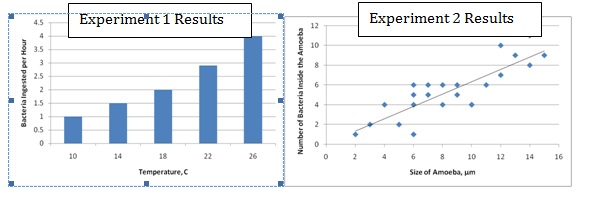
The species of amoeba that Dr. Roscope studies lives in water that has the same salt content of its cytoplasm (internal water solution). While preparing new water for the amoebas to live in, a laboratory technician accidentally adds 10 times more salt than normal.
Dr. Roscope kept some of the amoeba in petri dishes and monitored them for several months allowing them to reproduce for several generations. One day he realizes that there are many more bacteria and fewer amoeba in one of his amoeba experiments. This does not appear to be the result of different bacteria being introduced to his samples.
While studying amoeba in pond water, you find one that has a bacterium inside it. The bacteria do not appear to be digested by the amoeba and the bacteria do not appear to harm the amoeba.
